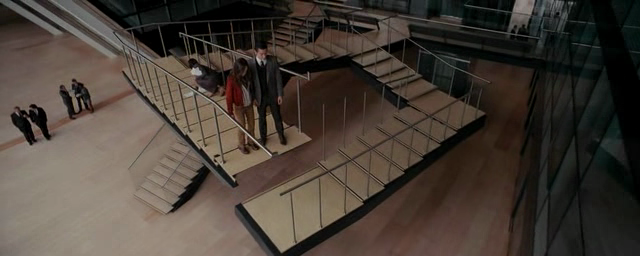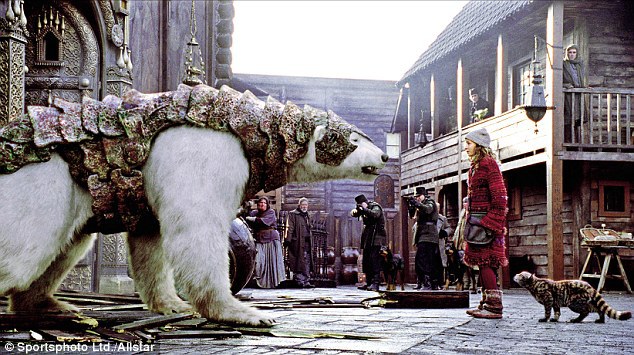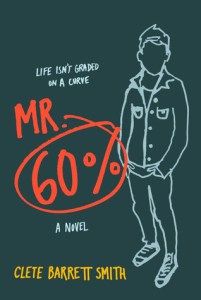¡Buenas tardes! We’re right in the midst of a new week, and for some of us that means getting back into the rhythm of work, self-care, and all the usual adult responsibilities. My hope is that, no matter how busy your schedule gets, you can still find time to get your creative writing and blogging in.

The middle of one’s story is often the most challenging part to pen, let alone refine. I touched on the archetypal three-act structure that we’re all familiar with in my “Lessons to Practice #9.” After the initial thrill of opening your story, introducing your protagonist and secondary characters, and giving us a taste of your world, it’s easy to lapse and commit a few errors. What exactly makes act two tricky?
The Middle Act: Not a No-Man’s LandComing down from the high of writing your first act is perhaps the biggest reason why working through act two can feel like such a chore. It’s the writer’s limbo, a place in which neither the glory of the act one’s opening nor the finality of act three belong. Therefore, it’s all too easy for us as writers to neglect our middle act, and the biggest pitfall can be well summarized in Paula Munier’s own words from her book, Plot Perfect: “Not enough happens.”
Act two doesn’t have to be dull, however. The trick is to add layers to the following:
The joy of act one lies in you bringing your characters to life. Introducing them usually feels easy enough in the first few chapters; you convey their voice, initial goals, and personality traits. However, once the introductions and action of the first act have died down, it’s time for you to really get to work on back story, motives, and goals.
Think of Charlie revealing to Sam how his friend Michael shot himself just a year ago in The Perks of Being a Wallflower, or Dom Cobb explaining to Ariadne how thought insertion backfired with his wife, Mal, in the film Inception. Both of these scenes are pivotal to their respective medium’s act two, in that they expound upon the character’s motives and skills while also helping the audience become more immersed in the story.
Strengthening SubplotsAct one may be for getting the main story arc across to your readers, but act two is where you really need to dive deep into the nitty-gritty of subplots. Does your main character love someone? Be sure to expound upon those details in the middle of your story. Could your plot stand to have the tension level ratcheted up a notch or two? Consider killing off an important character or thrusting your main character into a new and even more harrowing situation.
In my experience, I’ve found that there are better ways to bulk up your subplots than just by using flashbacks. Other techniques which may better suit you include the following:
- Inserting brief recollections of past events (think a sentence or two in which your main character “hears” a voice from the past telling them something important, which then gives your protagonist a renewed sense of drive)
- Adding dialogue which harkens back to the beginning of your story (recurring phrases and motifs can really put a tight seal on your themes)
- Including a skills mastery section. Think of Arthur and Ariadne exploring how to design paradoxes, such as the Penrose steps, while in the dream world. If your main characters are learning new skills, then they are preparing to more fully confront their challenges — which makes for great audience entertainment

Theme is the lifeblood of your work. It’s what you want your readers to walk away with long after they’ve set your book down for the last time. A great way to become familiar with your own themes is to create a bubble chart on theme. List the ideas that come to mind as you reflect on what your story is really about. Some common themes include:
- The search for redemption
- Betrayal and revenge
- Standing by family
- Falling in love
Whatever your themes are, know that your readers want to get a feel for your take-home message, rather than be told outright what your story is really about. Character dialogue, actions, and goals are all excellent ways to convey your themes with just enough subtly and prowess.
Pulling it all Together: The Golden CompassMy case example is The Golden Compass, the stunning and mystical first book in Philip Pullman’s His Dark Materials trilogy. The heroine of the story, Lyra Belacqua, is quickly established as a brash, headstrong, and caring young girl. Accompanied by her shapeshifting dæmon, Pantalaimon, Lyra becomes enmeshed in a web of plots involving Dust, a bridge to other realms beyond the stars, and her brilliant but ruthless mother, Mrs. Coulter. It’s a soul-stirring fantasy epic which touches upon themes of religious dogma, youthful innocence, and the family ties that bind.
Act one of The Golden Compass gets off to a roaring good start, complete with a failed assassination attempt on Lyra’s uncle, Lord Asriel (what a good waste of Tokay…) and the introduction of the cunning Gobblers, who aim to kidnap poor and forgotten children and take them to a complex in the arctic region of Svalbard. However, Pullman deftly keeps the plot moving forward at a breakneck pace in act two. He does so by doing the following:
- Introducing new and engaging characters, including the motherly gypsy, Ma Costa, the compassionate but dutiful Farder Coram, and the hulking but disgraced bear king of Svalbard, Iorek Byrnison
- Upping the stakes as more and more children are snatched up by the Gobblers
- Increasing Lyra’s inner struggles, in particular her acceptance of Mrs. Coulter as her mother
- Establishing new and compelling settings, from gypsy ships to the icy tundra of Bolvanger
- Giving ample time for Lyra to become more skilled at reading the Alethiometer, a golden compass which can discern the truth for Lyra in any circumstance (this is that skills mastery section I was telling you about!)

As you can see, Pullman spares no expense in his second act. Continual character development, thematic exploration, and new plot points all keep his story from sinking into dangerously boring territory. You can do the same for your story!
Thank you for taking the time to read my latest blog post. How do you handle writing your act two? Do you find certain parts to be frustrating or unusually easy? Let’s get to conversing! Rate this:Share this:




